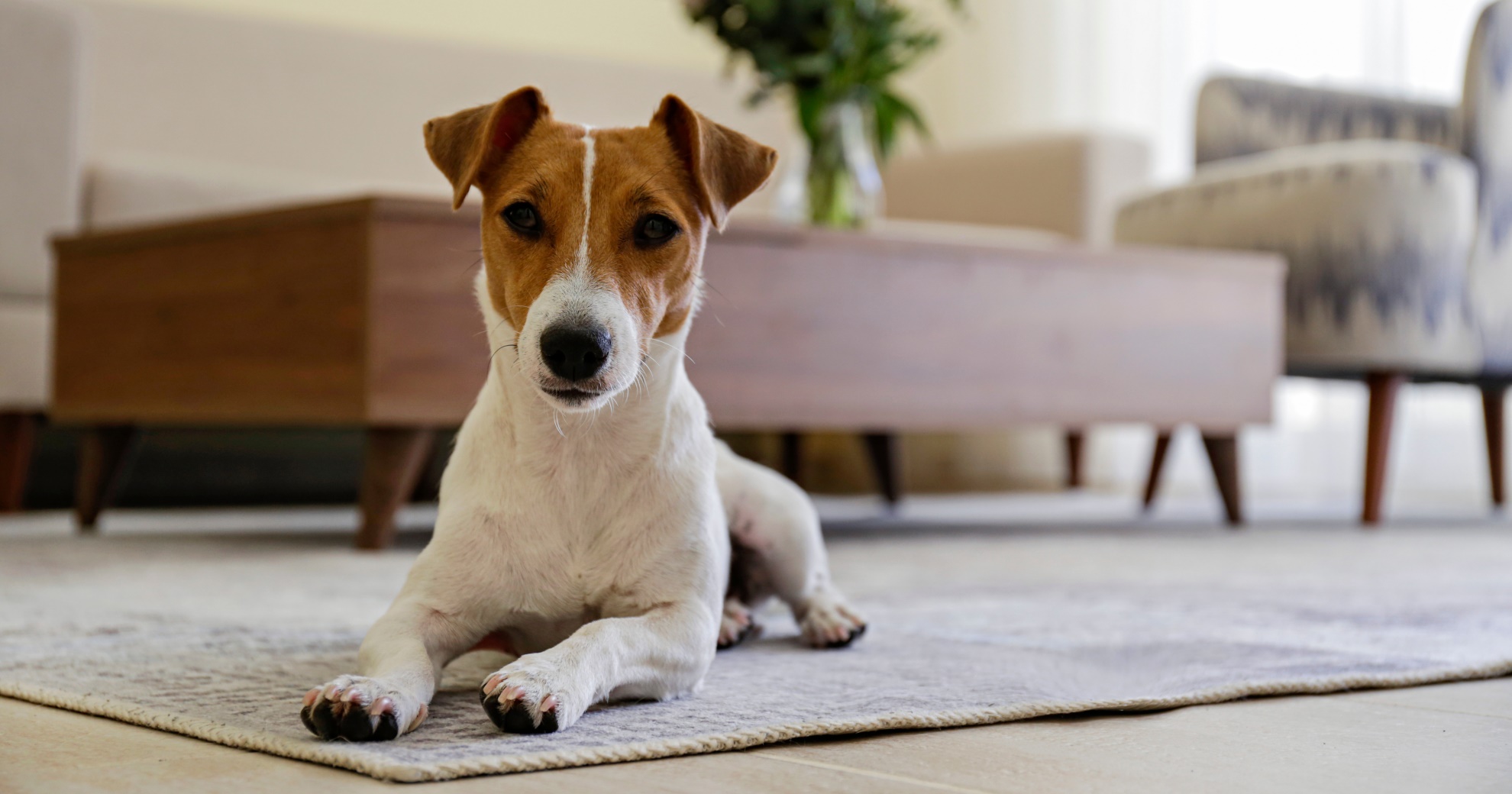
TRENDING

SIGN UP and Start Receiving
Our Monthly Newsletter,
The Chronicles
The Best Dog Breeds For Apartment Living

Selecting a dog breed for sharing an apartment requires deep consideration to ensure that life together is enjoyable and fulfilling for your canine companion and of course yourself.
Below are the most important issues to ponder.
All dogs’ behaviour results from a complex interplay of their genetics and lived experience. This includes how they were trained and the environment and processes that influenced their socialisation. Genetics is the basic code for a dog’s instincts and temperament while external factors (environment) shape their character and personality.
Genetics:
Genetics establish a dog’s inherent predispositions, such as their energy level, trainability, and certain behavioural tendencies. For instance, herding breeds are genetically predisposed to herding behaviour, while scent hounds are naturally inclined to follow scents.
Environment:
Environmental factors, including training, socialisation, and life experiences, significantly impact a dog’s behaviour. Training provides structure and teach dogs’ desired behaviours, while socialisation exposes them to different environments, people, and animals, helping them adapt to their surroundings.
Interaction:
Genetics and environment do not operate in isolation; they interact and influence each other. A dog’s genetic predispositions can shape how they respond to their environment, and their environmental experiences can influence the expression of their genetic traits.
Training:
Training is essential for shaping a dog’s behaviour, regardless of their genetic predispositions. Even dogs with inherent behavioural challenges can learn to manage their behaviour and become well-adjusted companions through proper training and positive socialisation.
Individuality:
Every dog is an individual, possessing a unique blend of traits and behaviours shaped by a combination of genetics, environment, and personal experiences. This individuality ensures that no two dogs, even within the same breed, will be exactly alike.
Size of Breed and Exercise Requirements:
Size: Both the size of your intended pup and the size of your apartment i.e., the available space for your dog to move around comfortably must be considered together Obviously larger breeds may feel cramped and not have sufficient space for their exercise needs while smaller breeds may be noisy and highly strung.
Exercise Needs: Different dog breeds have varying energy levels and exercise requirements. Some breeds, like Malinois or Border Collies are highly active and need ample opportunities for physical activity, which may be challenging to provide in a limited apartment setting.
Temperament and Adaptability:
Temperament: Evaluate the temperament of the breed to determine if it aligns with your lifestyle and living environment. Some breeds are more adaptable to apartment living than others. For instance, calmer and more laid-back breeds like the Bulldog varieties or Bassets may be better suited for apartment life.
Barking Tendencies:
Consider the breed’s propensity to bark, as excessive barking can disturb neighbours and create tension. Some breeds, like Beagles and Huskies can have intrusive vocal habits, which may be less than ideal in an apartment block.
Additional Considerations:
Grooming Requirements: Factor in the grooming needs of the breed, as some dogs require regular brushing, bathing, and shedding management, which may be more manageable in a house with a backyard than in an apartment.
Noise Sensitivity: If you live in a noisy area, consider breeds that are less reactive to sounds and less likely to disturb neighbours.
Apartment Rules and Restrictions: Before choosing a breed, carefully review the rules and restrictions of your apartment complex regarding pet ownership. Some apartments may have size limitations or breed restrictions.
Conclusion
The intricate interplay between genetics and environment, coupled with the influence of training, socialisation, and individual experiences, creates the tapestry of a dog’s behaviour. Recognising and appreciating this is essential for fostering a harmonious and fulfilling relationship with our canine companions. Remember, each dog is an individual with unique needs and personality traits. It’s always a good idea to meet individual dogs of the breed you’re considering to assess their suitability for your apartment lifestyle.
Here are some of the calmest small breeds of dog, known for their gentle and affectionate natures:
- Cavalier King Charles Spaniel
- Bichon Frise
- Havanese
- Maltese
- Pekingese
These are all known to be low-energy companions that adapt well to living in an apartment.
Related Articles















